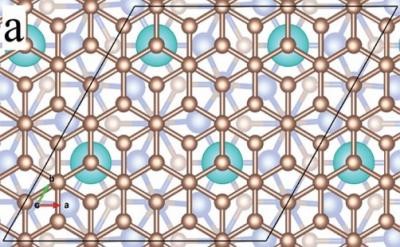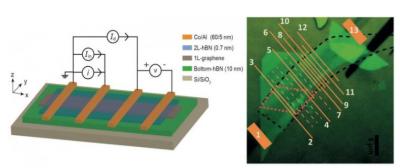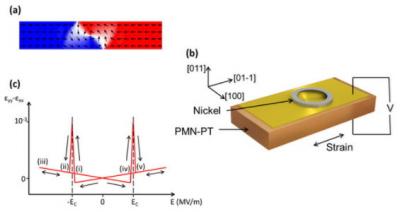EU-funded project announced the first prototypes of nanoporous magnetic memories
The partners in the EU-funded SPIN-PORICS (Merging Nanoporous Materials with Energy-Efficient Spintronics) announced the first prototypes of nanoporous magnetic memories, based on copper and nickel alloys (CuNi).
The project team reported being able to achieve a 35% reduction of magnetic coercivity compared to current devices, which meets the energy consumption required to reorientate the magnetic domains which is necessary for data recording. This result is due to the nanoporous design which enables the whole film - not only the surface - to participate in the electromagnetic effect.


